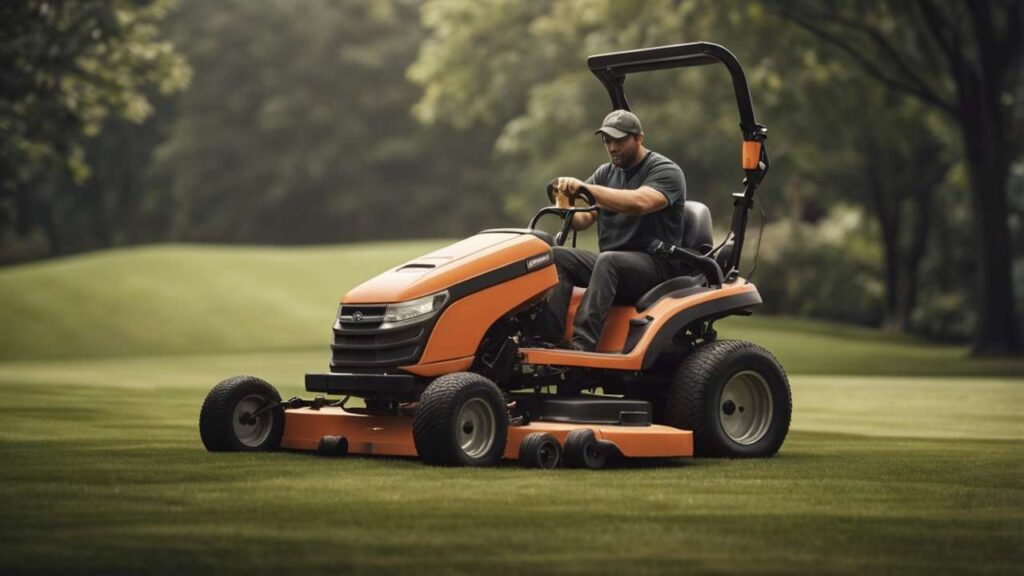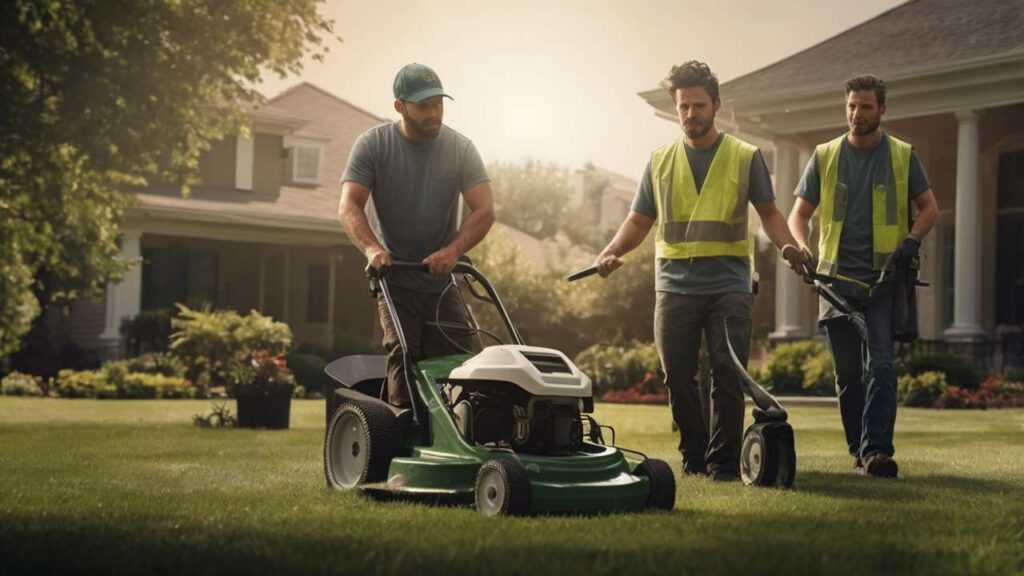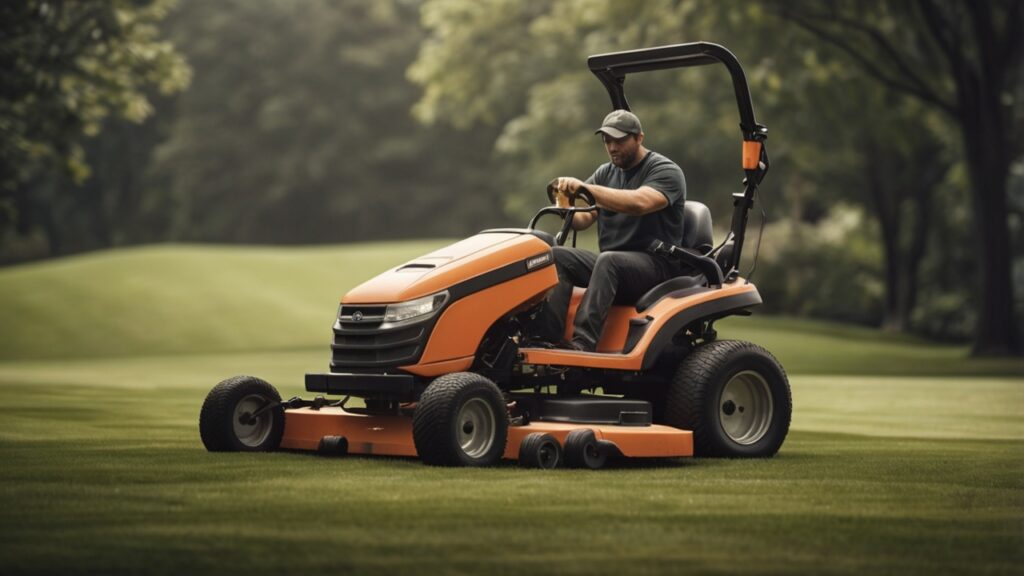A patchy, weedy, or pest-infested lawn can make even the most beautiful home look neglected. The frustration is real—bare spots here, crabgrass there, and maybe even brown patches that look like someone poured hot water in circles. For many homeowners, weed and pest control feels like a never-ending cycle of pulling, spraying, and hoping. Yet with the right knowledge, and sometimes with the help of trusted professional lawn care companies, you can turn things around and create a healthier, greener yard.
The ultimate guide to weed and pest control is not just about throwing down chemicals and hoping for miracles. It’s about identifying common lawn invaders, understanding their behavior, and applying the right strategies. Professional experts in lawn care will tell you: prevention is cheaper than repair, and small, consistent habits can stop large infestations from taking over. In fact, weeds and pests are often a symptom of deeper issues, like poor soil health or improper watering schedules, which is why topics like soil testing and aeration are considered foundational to success.
Recognizing the Common Culprits
The first step in weed and pest control is identification. Crabgrass is one of the most notorious invaders—flat, spreading, and greedy for nutrients. Broadleaf weeds like dandelions and clover also show up, not just stealing space but also signaling soil imbalance. Fungus can appear as brown patches, powdery mildew, or rings that spread quickly if left untreated. Then there are grubs, those sneaky little white larvae that feed on grass roots until entire patches of your lawn peel up like a rug.
I once thought my lawn was “just dry,” but an expert inspection revealed grub infestation. It wasn’t obvious until I noticed raccoons tearing at the soil at night. That’s the subtlety of lawn pests—you often don’t realize the damage until it’s advanced.
According to many professional specialists, about 70% of pest damage signs go unnoticed in the early stages. This is why inspections and preventative measures are so important.
DIY vs. Professional Treatment
There’s always the question: should you tackle lawn weed and pest control yourself, or hire a trusted professional? Both options have pros and cons. DIY often seems cheaper, but it requires time, effort, and learning how to use products safely. Many homeowners overapply weed killer or use the wrong herbicide, leading to scorched grass. On the other hand, professional services bring expertise, stronger tools, and customized treatment plans that actually address root causes.
For instance, applying pre-emergent herbicide at the right time of year can stop crabgrass before it sprouts, but timing is everything. Miss the window, and you’re chasing weeds all season. A reliable lawn care company won’t just spray—they’ll create a schedule based on local climate, soil type, and past infestations. Resources like professional lawn care companies in North Carolina can help you connect with trusted experts who understand regional challenges.
The Battle Against Fungus and Lawn Disease
Lawn fungus isn’t just unsightly—it can kill turf fast. Humidity, poor drainage, and mowing too low often contribute to outbreaks. Treatments can range from fungicide sprays to improving airflow by trimming trees and aerating compacted soil. Preventing lawn fungus means paying attention to watering habits; overwatering is as harmful as drought.
I’ve seen neighbors panic when brown patches appeared, assuming they needed to reseed the whole yard. But in many cases, targeted fungicide treatment paired with better mowing and watering practices is enough. It’s not always about drastic measures—sometimes it’s about consistency.
Pest Control Beyond Grubs
While grubs are infamous, they’re not the only pests causing trouble. Chinch bugs, armyworms, and sod webworms also chew through lawns, often leaving irregular yellowing spots. Experts recommend monitoring for pest activity by doing simple checks—like tugging at grass to see if roots are loose or placing a damp towel overnight and checking for insects in the morning.
Organic pest control methods are gaining popularity too. Nematodes, for example, are microscopic organisms that can be introduced to soil to naturally reduce grub populations. Professional lawn care services often combine such eco-friendly methods with traditional approaches for balanced results.
Weed Control That Works
Pulling weeds by hand works for small infestations, but once broadleaf weeds spread, selective herbicides are often needed. Professional weed killers are designed to target invaders without harming turfgrass. Experts also recommend following up with preventative measures, like using pre-emergent herbicides to stop weeds before they germinate.
One of the best pieces of advice I got was from a specialist who said: “Don’t fight weeds in isolation. Strengthen the lawn, and weeds won’t get a chance.” That means overseeding thin areas, fertilizing properly, and sticking to a reliable care schedule.
The bigger picture, as explored in Beyond Mowing: A Professional Lawn Care Schedule for Year-Round Turf Success, is that mowing, watering, feeding, and weed control are all part of one cycle. Skip a step, and the system falters.
Looking at Costs and Benefits
Many homeowners hesitate to invest in professional services because of cost. But as outlined in Professional Lawn Care vs. DIY: A Complete Cost-Benefit Analysis, the math isn’t so simple. DIY may look cheaper on paper, but mistakes, wasted products, and slow results often add hidden expenses. Reliable, expert services, on the other hand, save time and increase results.
The curb appeal advantage is another overlooked benefit. A healthy, weed-free lawn doesn’t just make your home look good—it increases property value. Studies consistently show that attractive turf improves sale prices, which ties into the broader conversation of The Curb Appeal Advantage: How a Healthy Lawn Increases Your Home’s Value and Lifestyle.
Expanding the Conversation
While weed and pest control is a big piece of the puzzle, it’s interconnected with other areas of lawn care. Soil health, as mentioned earlier, determines how resistant your lawn is to weeds and pests. Proper aeration and fertilization also reduce bare spots that invaders exploit.
In the coming seasons, many homeowners are exploring advanced topics like sustainable turf management, eco-friendly alternatives to chemical pesticides, and even robotic mowing technologies that change how we approach maintenance. Each of these directions builds naturally on the foundation of weed and pest control, showing that lawn care is evolving into a smarter, more holistic practice.
Real Case Study: Turning Around a Failing Lawn
A family in Raleigh faced what they thought was “hopeless” turf—crabgrass everywhere, bare spots from grub damage, and fungus rings. They had tried DIY sprays and reseeding for two years without success. Finally, they consulted a reliable professional team.
The process included soil testing, applying pre-emergent herbicides at the right time, treating fungus with targeted products, and aerating compacted soil. Within one season, bare spots began filling, crabgrass disappeared, and green turf returned. The homeowners admitted they had spent more on failed DIY attempts than the cost of hiring experts.
It’s proof that lawn recovery isn’t magic—it’s method.
Frequently Asked Questions
1. What is the most common lawn pest homeowners should watch for?
Grubs are the most damaging, but chinch bugs and armyworms are also common. Professional inspections help identify issues early.
2. Can organic methods really control pests and weeds effectively?
Yes, methods like nematodes for grub control or corn gluten meal as a natural pre-emergent can be effective when used consistently.
3. How often should professional lawn weed and pest control services be scheduled?
Most experts recommend seasonal treatments—spring and fall are critical times—but some lawns benefit from quarterly maintenance.
The ultimate guide to weed and pest control shows that a healthy lawn is built on knowledge, consistency, and sometimes professional help. From identifying common weeds and pests to applying the right treatments, the goal is always the same: reclaiming your lawn from invaders and restoring beauty.
If this guide helped you, or you know someone struggling with crabgrass or grub damage, share this post using the buttons below. For trusted advice, resources, and expert support, explore:
👉 Professional Lawn Care Companies in North Carolina
👉 Lawn Care Services Category
👉 Pro Service Tips Homepage



